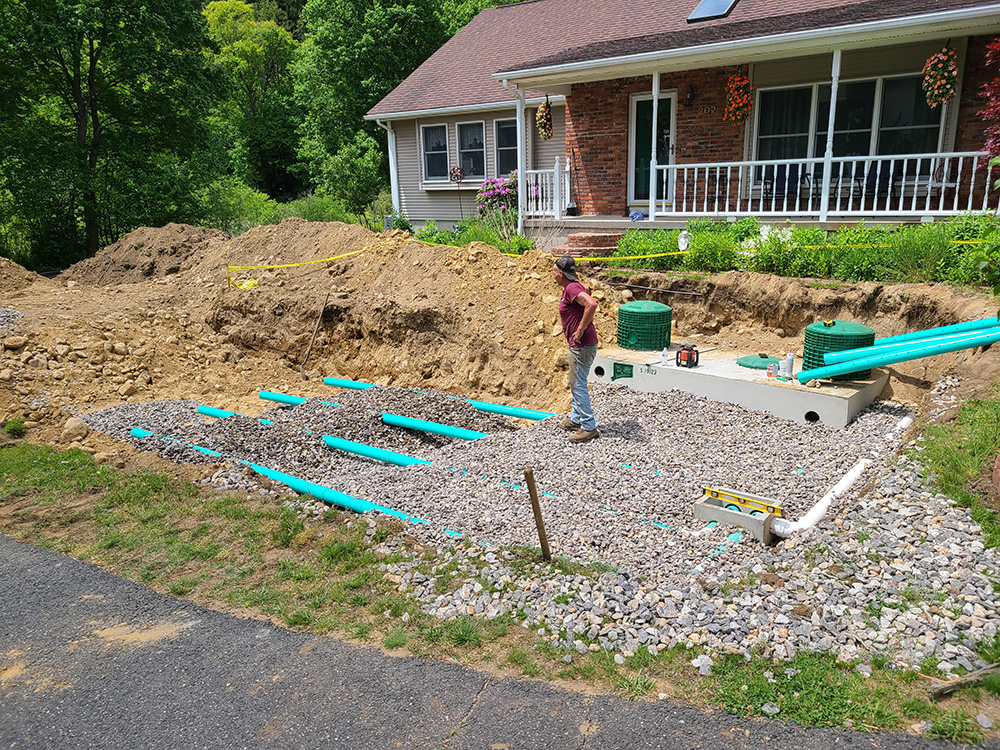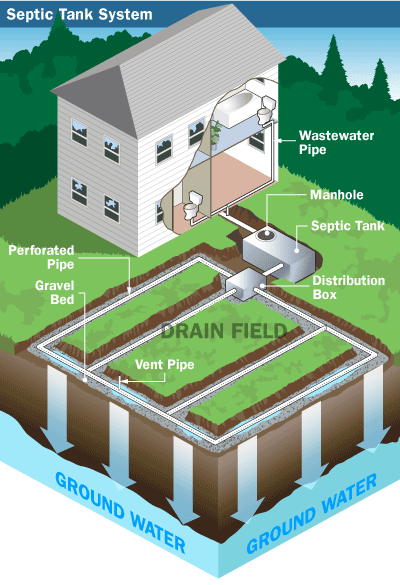Decoding the Language of Sewage-disposal Tank Services: A Glossary of Terms for Clear Communication and Recognizing
In this post, we'll help you decipher the language of septic container services with an useful reference of terms. From understanding the fundamentals of your septic container to dealing with sludge buildup, we'll supply clear descriptions to guarantee clear interaction and understanding.
Septic Storage Tank: Recognizing the Basics

If you are strange with septic storage tanks, they are below ground containers that deal with and hold wastewater from your household. These containers are a crucial part of your home's plumbing system, in charge of securely and properly handling the waste created by your everyday activities. Recognizing the essentials of sewage-disposal tanks is essential in order to guarantee their proper performance and prevent pricey fixings.
A septic container consists of 2 primary components: the storage tank itself and the drainfield. The solids work out at the base of the tank, creating a layer of sludge, while the liquids, recognized as effluent, increase to the top.
Regular upkeep of your septic tank is vital to prevent concerns such as clogs, back-ups, and system failures. It is suggested to have your container pumped every three to 5 years, depending on its dimension and usage. Furthermore, it is very important to be conscious of what you flush down the drains and toilets, as certain chemicals and materials can damage the bacterial equilibrium in the container.
Drain Field: The Duty of Soil in Waste Disposal
To keep the proper performance of your septic system system, it is vital to understand the function of the drainpipe area in waste disposal and exactly how the bordering soil plays a crucial role in this process. The drain area, also recognized as the leach field or absorption area, is a vital part of a septic tank. Its primary function is to filter and treat the wastewater that spurts of the sewage-disposal tank.
Once the wastewater leaves the septic system, it is dispersed uniformly throughout the drainpipe area through a network of pipes or trenches. The drain field contains a layer of crushed rock or rock, which aids to distribute the wastewater evenly and promote reliable filtration. Listed below the gravel layer, there is a layer of dirt that functions as an all-natural filter.
The dirt in the drainpipe area plays a critical duty in the treatment of wastewater. As the wastewater percolates via the soil, it undertakes an all-natural process of filtration and filtration. The dirt works as a physical and biological filter, eliminating unsafe microorganisms, infections, and various other impurities from the wastewater.
The make-up and high quality of the soil are important for the effective functioning of the drain field - septic tank pumping. The dirt should have good percolation prices to allow the wastewater to relocate via it quickly. In addition, the soil needs to have sufficient oxygen degrees to support the growth of cardio bacteria, which aid in the breakdown of organic issue in the wastewater

Effluent: the Liquid Waste From Your Septic System
As the wastewater leaves the drain area, it is called effluent, and it is essential to recognize the qualities and management of this liquid waste from your septic system. Effluent is the term utilized to describe the cured wastewater that spurts of your septic system and into the drainpipe area. septic tank pumping. This liquid waste has a blend of water, organic issue, and our website dissolved solids
Effluent should be clear and totally free of any undesirable smells. It can be a sign of a problem with your septic system if you observe any type of foul scents or staining. Regular maintenance and pumping of your septic storage tank can assist ensure that the effluent remains free and clean from pollutants.
Appropriate administration of effluent is critical to stop contamination of the surrounding setting. The drainpipe field is designed to filter and deal with the effluent before it enters the dirt. It is important to stay clear of any kind of tasks that might potentially damage the drainpipe area, such as car parking lorries or planting trees with deep origin systems.
Sludge: Dealing With Solid Waste Accumulation
When dealing with solid waste buildup in your septic tank, proper monitoring of sludge is essential. Sludge describes the thick layer of solid waste that builds up at the base of your sewage-disposal tank with time. Otherwise managed effectively, Learn More Here sludge can trigger numerous problems, such as obstructing, backups, and also system failure.
Routine upkeep is vital to avoid sludge build-up. It is recommended to have your septic system pumped every 3 to five years, relying on the size of your family and the container's capability. Pumping gets rid of the accumulated sludge, permitting your septic system to function effectively.
Be conscious of what you flush down the drain. Second, think about making use of septic-safe products that won't interrupt the natural bacterial equilibrium in your system.
Pumping: Keeping the Wellness of Your Sewage-disposal Tank
Preserve the wellness of your sewage-disposal tank by routinely pumping it. Pumping is an essential upkeep task that assists stop issues and makes sure the proper functioning of your septic tank. Gradually, solid waste and sludge accumulate in the tank, which can bring about blockages, back-ups, and even system failing. Pumping removes these collected solids, permitting the storage tank to continue operating efficiently.
The frequency of pumping depends on various elements such as the dimension of the storage tank, the number of owners in your house, and the use of water. On average, septic containers ought to be pumped every 3 to 5 years.
Conclusion
So there you have it: an useful glossary of terms to aid you much better understand the language of septic tank solutions. Whether it's finding out about the essentials of septic storage tanks, understanding the role of the drain field, or understanding exactly how to manage sludge build-up, this glossary will make certain clear communication and a far better understanding of your septic system. Keep these terms in mind to preserve the wellness and capability of your septic tank.
A septic storage tank consists of 2 primary components: the tank itself and the drainfield.Regular upkeep of your septic storage tank is vital to protect against problems such as blockages, backups, and system failings.To preserve the correct capability of your septic tank system, it is essential to comprehend the function of the drain area in waste disposal and how the bordering dirt plays a vital role in this process. It is advised to have your septic container pumped every 3 to 5 years, depending on the size of your home and the storage tank's capacity. Whether it's learning about the essentials of septic containers, comprehending the function of the drainpipe area, or knowing how to deal more helpful hints with sludge buildup, this glossary will guarantee clear interaction and a better understanding of your septic system.